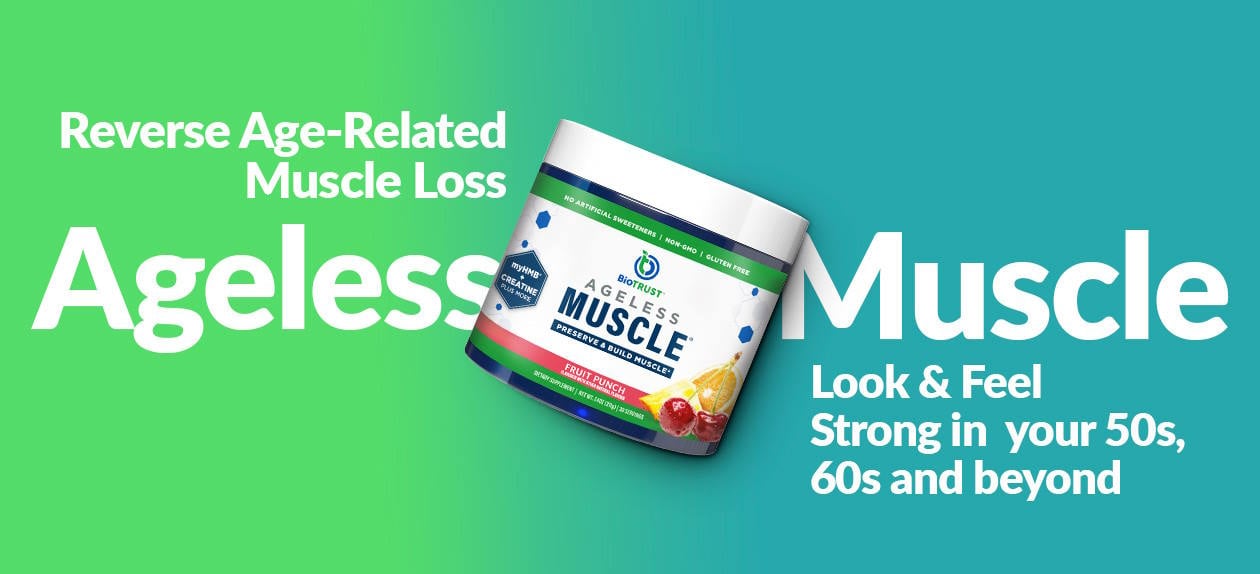From Minimal to Optimal Healthy Lifestyle Choices: How Small Tweaks Can Add Up

If you’ve ever felt overwhelmed trying to eat perfectly, hit the gym on the regular, and fit in eight hours of quality sleep each and every night—take a deep breath. You don’t need to be perfect to make a powerful impact on your health! In fact, small tweaks can add up to big results. And results are what matters when it comes to minimal vs optimal healthy lifestyle choices.
Recent research, as found in a 2024 study in BMC Medicine, shows even small improvements in how you move, sleep, and eat can add up to big benefits. Benefits like living longer, feeling better, and reducing your risk of disease! Surprisingly, the biggest leap in health benefits often comes not from reaching optimal levels but rather from going from doing very little to doing a bit more to reach the minimum.
Indeed, walking for a mere 15 minutes a day, sleeping an extra 30 minutes, or adding an extra serving of vegetables to your dinner might seem small—but those habits stack up. And over time, they can lead you from “bare minimum” to “feeling your best.”
So, when it comes to minimal vs optimal healthy lifestyle choices, how much is “enough”? Let’s take a look at what the research reveals for movement, sleep, and healthy nutrition.
Why “Good Enough” Is a Great Start
If you’ve ever felt like health advice is all-or-nothing, you’re not alone. But here’s the truth: health doesn’t require perfection. Again, in many cases, the biggest benefits come not from doing everything right but from simply doing a little more than you were before.
Research consistently shows that moving from “low” to “moderate” levels of healthy behavior—whether it’s sleep, movement, or nutrition—can significantly reduce your risk of chronic disease and even premature death. In fact, the benefit curve looks more like a ramp than a straight line: the steepest drop in risk often comes from that first step up.
For example:
- Going from no exercise to just 75 minutes of brisk walking per week (half the recommended minimum) lowers mortality risk by around 20%.
- Improving your diet quality by just 20%—say, eating one more veggie a day and cutting back on sugar—can reduce your risk of death by up to 14%.
- Getting 6.5 hours of sleep instead of 5 can have a meaningful impact on your body’s ability to repair, focus, and regulate stress.
This isn’t just science—it’s motivation. Because you don’t have to overhaul your lifestyle overnight. You just need to start where you are.
Think of this as a permission slip to let go of “all-or-nothing” thinking. “Good enough” is not a compromise—it’s a launchpad. And from there, you can build toward even greater energy, resilience, and longevity.
Move More (Without Needing a Marathon Medal)
Let’s get one thing straight: you don’t need to run a marathon or start guzzling the CrossFit Kool-Aid to reap the benefits of movement. In fact, just a little physical activity can go a long way—especially if you’re starting from a mostly sedentary lifestyle.
One major study found that just 75 minutes of moderate activity per week—that’s a little over 10 minutes per day—reduced the risk of early death by 20%. Doubling that to the recommended 150 minutes per week cuts the risk even further. Add in a couple of strength-training sessions each week, and you’re supporting your muscles, bones, metabolism, and long-term mobility.
The sweet spot for optimal benefits seems to be 150 to 300 minutes of moderate-intensity activity (like brisk walking, biking, or dancing) per week, plus at least 2 sessions of strength training. But again, it’s not about hitting those numbers perfectly from the start—it’s about moving more today than you were yesterday (within certain limits, of course).
And here’s a bonus: light movement counts, too. Replacing just 30 minutes of sitting with light activity—like walking, stretching, or housework—has been shown to improve health markers and reduce mortality risk.
Once you reach higher levels of activity (say, more than 10 hours of vigorous exercise per week), benefits may start to plateau. They can even lead to overtraining, which can increase injury or stress levels. That said, most people are far more likely to be underactive than overactive.
Quick Tips to Move More
- Take a 5- to 10-minute walk after a meal.
- Stretch or do mobility movements as you watch TV.
- Incorporate exercise snacks throughout the day—do a few squats, pushups, or other simple exercises between tasks.
- Take the stairs instead of the elevator and park farther away from the main doors to get in some extra steps when running errands. (Bonus: park in a central location and walk wherever you need to go to get your errands done.)
- Set a timer to stand and move for a few minutes every 30 – 60 minutes (e.g., enjoy some exercise snacks).
It doesn’t matter if you’re a total newbie or have been exercising consistently for years: it’s not about doing the most—it’s about doing something consistently.

Sleep Smarter (Not Necessarily Longer)
Sleep often gets overlooked when talking about health—but it’s one of the most powerful ways to recharge your body, regulate your hormones, sharpen your mind, and support a healthy weight. And just like with movement and nutrition, you don’t have to hit some mythical perfect number to benefit.
Most studies agree: the optimal sleep range for adults is between seven and eight hours per night. But if you’re only getting five or six, moving toward that range still offers major benefits. Just adding 30 to 60 minutes of sleep per night can improve energy, focus, blood sugar control, and immune function.
Interestingly, more isn’t always better. Oversleeping (more than 9 hours per night) has been associated with an increased risk of chronic illness and mortality. In many cases, that’s due to underlying health conditions—but it’s a reminder that balance is key.
In other words, the goal isn’t just more sleep—it’s better sleep. Yes, sleep quality matters just as much as quantity. That means, for instance, sticking to a routine, creating a calming bedtime ritual, and keeping screens (and stress) out of the bedroom.
Quick Tips to Sleep Better Tonight
- Set a consistent bedtime and wake time—yes, even on weekends.
- Avoid caffeine after 2 p.m.
- Dim the lights and wind down at least an hour before bed.
- Try journaling, reading, stretching, or herbal tea to signal “sleep time.”
Sleep is your body’s nightly tune-up. A little more of it—and a little more consistency—can work wonders.

Eat Better, One Bite at a Time
When it comes to nutrition, it’s easy to get caught up in extremes—cutting out entire food groups, tracking every calorie or macro, or trying to “eat clean” 100% of the time. But here’s the truth: you don’t need a perfect diet to nourish your body and protect your health. In fact, chasing perfection can sometimes do more harm than good.
The real magic happens when you focus on making small, sustainable upgrades—and doing them consistently over time.
A major Harvard study found that even a 20% improvement in diet quality over a decade—like adding more whole foods and cutting back on highly processed ones—reduced the risk of death by up to 14%. That’s huge, and it doesn’t require perfection.
What Does “Optimal” Nutrition Look Like?
Optimal nutrition isn’t about being rigid—it’s about balance and nutrient density. Many experts recommend the 80/20 approach: aim to eat whole, nourishing foods 80 – 90% of the time, and leave room for flexibility and joy the other 10 – 20%.
This approach:
- Encourages consistency without guilt
- Supports physical and mental health
- Helps avoid disordered eating habits or burnout
Focus on:
- Whole, minimally processed foods (vegetables, fruits, quality proteins, whole grains, healthy fats)
- Prioritizing protein and fiber at meals
- Staying hydrated
- Reducing added sugars and ultra-processed snacks
Quick Tips for Simple Nutrition Wins
- Add a handful of vegetables to at least one meal per day.
- Swap one sugary drink for water, tea, or sparkling water.
- Include a treat you love—guilt-free—every once in a while.
You don’t have to follow a perfect meal plan. You just have to move in the right direction—one bite at a time.

Start Where You Are—Then Build
You don’t need to wait for the “perfect” time to get healthier. You don’t need a gym membership (or personal trainer), a meal plan, or 10 hours of free time. All you need is a starting point—and a willingness to take one small step.
Whether you’re just beginning or already have some healthy habits in place, the key is progress, not perfection. The research is clear: doing something is far better than doing nothing, and every small improvement you make lays the foundation for the next.
To help you get going, here are a few ideas—choose one that feels doable today:
- Walk for 10 minutes after lunch or dinner
- Go to bed 15 minutes earlier tonight
- Add one veggie to your next meal
- Focus on progressing your strength workouts each week
- Build a 30-minute relaxing bedtime routine
- Prep a healthy lunch/snack for tomorrow
There’s no single “right” way to build a healthier lifestyle. The best path is the one you’ll stick with. That might mean walking with a friend, trying a new sleep app, experimenting with meal prepping, or just drinking more water during the day.
So, pick one step. Do it today. Then do it again tomorrow. Before you know it, you’ll be on your way to your own version of optimal—and it’ll feel a lot more doable than you ever imagined.
Minimal vs Optimal Healthy Lifestyle Choices: Small Steps, Big Wins
You don’t have to overhaul your life overnight to make a meaningful impact on your health. As the research shows, moving to minimal vs optimal healthy lifestyle choices can dramatically reduce your risk of chronic disease and early death. And remember, optimal isn’t about perfection. It’s about improvements and sustainability.
Give yourself credit for every positive step, no matter how small. Progress builds confidence. Confidence builds momentum. And momentum? That’s what carries you toward a stronger, healthier, more vibrant life.






